The Meaning Behind Native American Symbols in T-Shirt Designs
Explore the rich world of Native American symbols and their profound meanings. Learn about animal spirits, ceremonial designs, and the cultural significance of indigenous art, including tribal shirt symbols. A guide to respectful understanding.
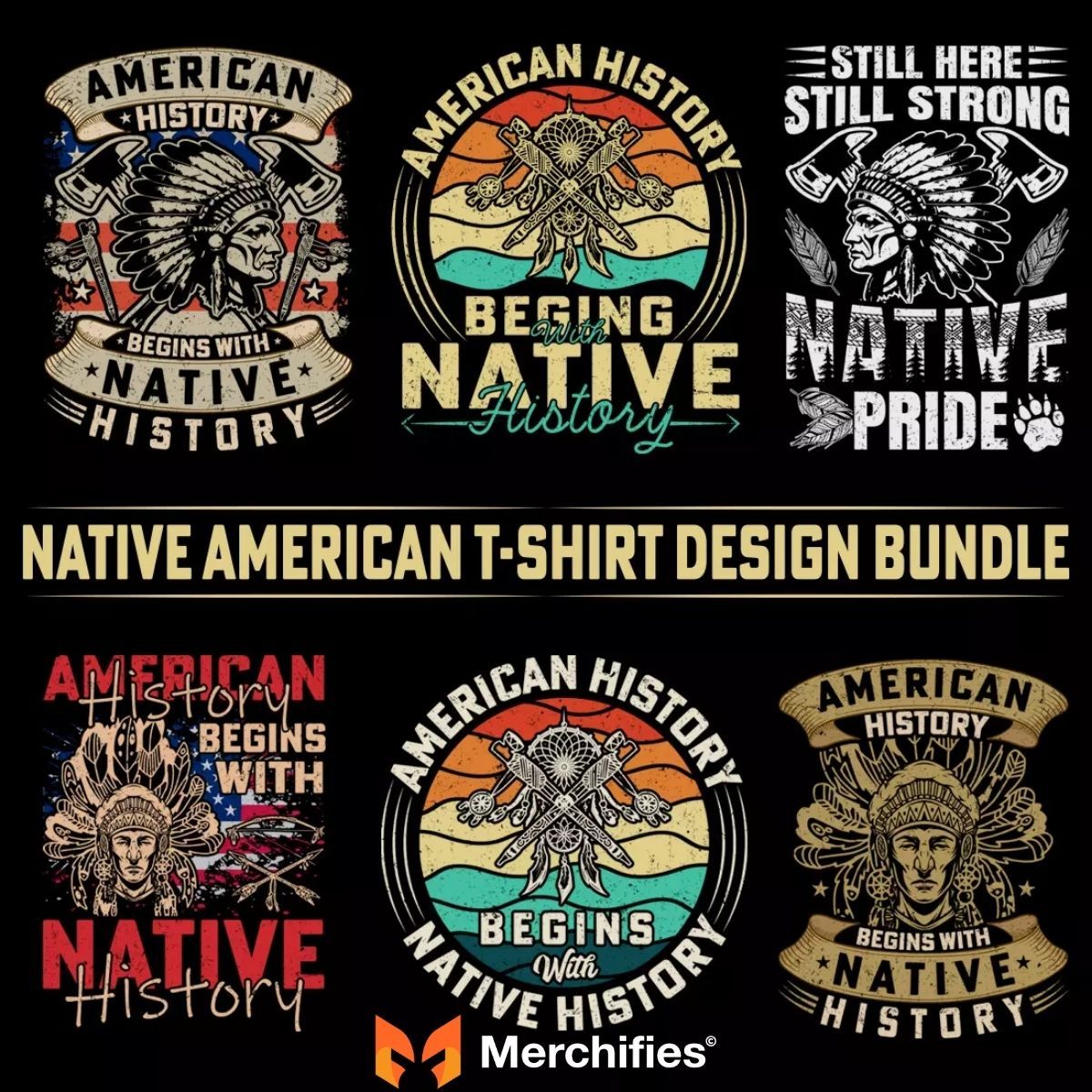
Blog Post Contents
Beyond their captivating aesthetics, Native American and Indigenous symbols carry profound cultural, spiritual, and historical significance. These powerful visual narratives are far more than mere decoration; they are the language of ancient traditions, shared beliefs, and timeless stories. As Evelyn Sage, a recognized expert in this field, shares, understanding these symbols offers a unique window into the rich tapestry of Indigenous cultures. This comprehensive guide aims to uncover the deep meanings behind these potent visual expressions, exploring their vital roles in ancient traditions and contemporary indigenous art. We'll delve into the nuances of native american symbols meaning, explore the significance found within indigenous art meanings, and examine how these profound images manifest, even in modern contexts like tribal shirt symbols. It's crucial to emphasize the vast diversity among tribes and the importance of respectful understanding when encountering symbols in various contexts.
The Rich Tapestry of Native American and Indigenous Symbols
These symbols are truly more than decoration; they serve as functional carriers of stories, beliefs, and teachings across generations. For Indigenous peoples, every line, shape, and color can hold deep significance, connecting the individual to their community, their history, and the spiritual world. Acknowledging diversity is paramount: it's a crucial point that meanings can vary significantly among the hundreds of distinct Native American and Indigenous nations. For instance, there are 574 federally recognized tribes in the U.S. alone, alongside diverse Indigenous groups in Canada and beyond, each with unique interpretations and traditions. Despite this variety, a unifying theme is the profound reverence for nature, with animals often seen as spiritual guides and celestial bodies honored through symbolic representation. This interconnectedness with the Earth is a cornerstone of native american symbols meaning.
Key Animal Symbols and Their Profound Meanings
Animals play a central role in Indigenous cultures, often embodying specific virtues, powers, or spiritual connections. Understanding their indigenous art meanings provides insight into tribal worldviews.
Bear
The Bear symbol embodies strength, introspection, and healing. It's often associated with protection, leadership, and is sometimes revered as the "first helper" or Elder Kinsman. The bear's hibernation represents introspection and renewal.

Eagle
The Eagle is a revered creature, symbolizing courage, strength, and wisdom. It holds a strong religious connection, representing power, prestige, and acting as a spiritual guide. Eagle feathers are particularly sacred, signifying peace and friendship (eagle down is a sign of welcome in many traditions).
Wolf (and Wolf Tracks)
The Wolf symbolizes direction, leadership, and fierce loyalty, especially within strong family bonds. Wolf tracks in indigenous art meanings can denote the journey or path one takes.
Turtle
The Turtle represents longevity, wisdom, and creation, often linked to the concept of Mother Earth. Its slow but steady pace signifies perseverance and a deep connection to the land.

Raven
A bearer of magic and light, the Raven is associated with cosmic messages and is often seen as a keeper of secrets. It symbolizes transformation, knowledge, understanding, long-distance healing, kindness, and playfulness.
Owl
The Owl is typically associated with nighttime, wisdom, and good hunting skills, often seen as a guardian of the night.
Frog
The Frog symbolizes renewal, fertility, and the arrival of springtime. It’s often linked to good luck, happiness, and in some traditions, represents the voice of the people and innocence.
Deer
The Deer represents the protection of family and speed, embodying grace and vigilance.
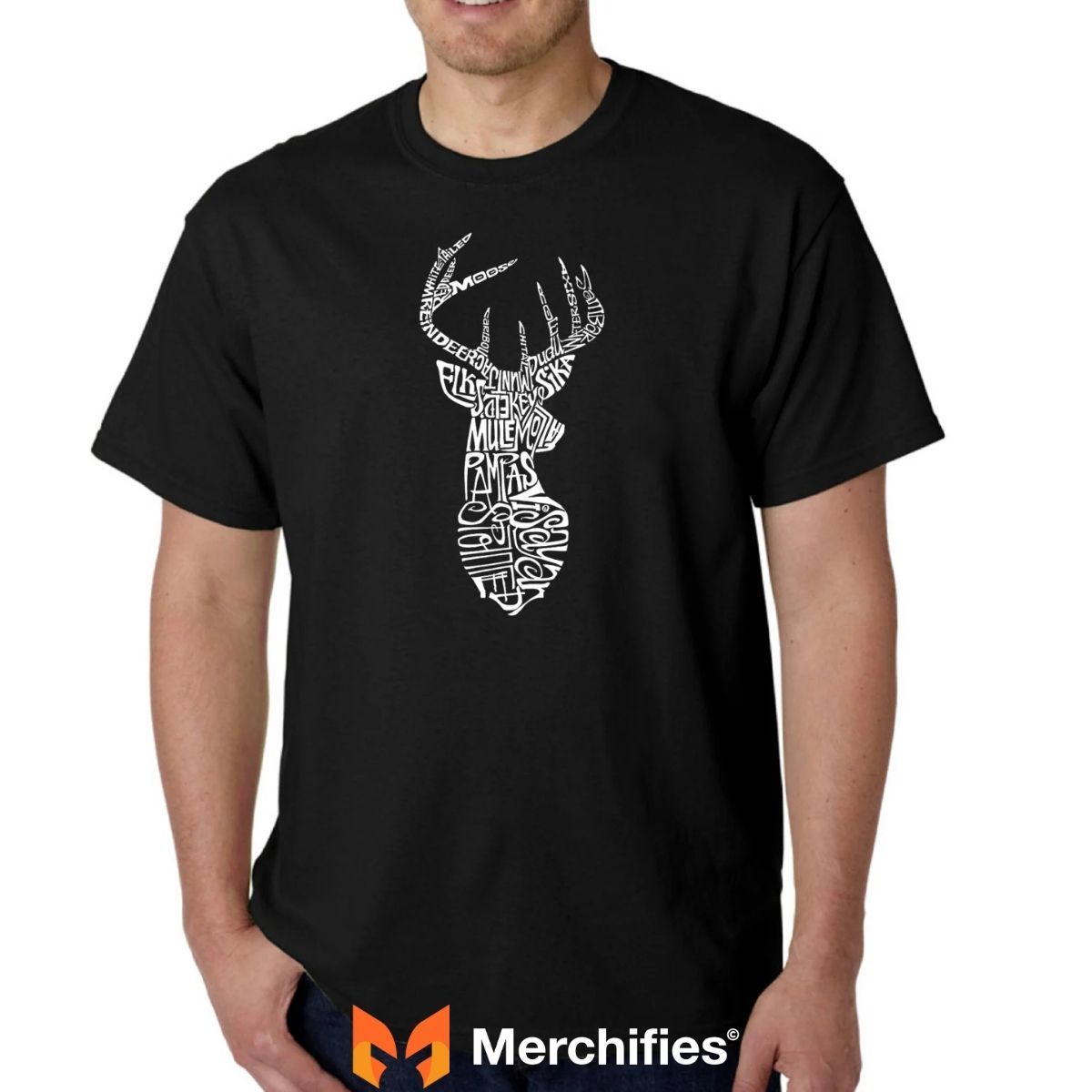
Coyote
The Coyote is a complex figure, often appearing as a creator god, a spirit, or a significant ancestor in various mythologies. It embodies intelligence and craftiness, sometimes acting as a trickster.
Beaver
The Beaver symbolizes determination, creativity, and hard work, known for its industrious nature in shaping its environment.
Salmon
For many tribes, especially in the Pacific Northwest, Salmon is a crucial source of life, symbolizing a provider of food, fertility, and good health. It represents abundance and sustenance.

Spirit Bear
A Bear with a heartline signifies that breath gives life to the soul or spirit. This symbol often represents a warrior's strong heart and vital essence.
Nature, Celestial, and Abstract Symbols in Indigenous Art
Beyond animals, the natural world and abstract forms offer profound indigenous art meanings, reflecting a deep connection to the environment and cosmos.
Feather (and Feathered Circles)
The Feather is a universally recognized symbol for trust, strength, wisdom, freedom, honor, peace, friendship, and good luck. It's often related to the Sun and The Creator, representing spiritual connection and high honors.
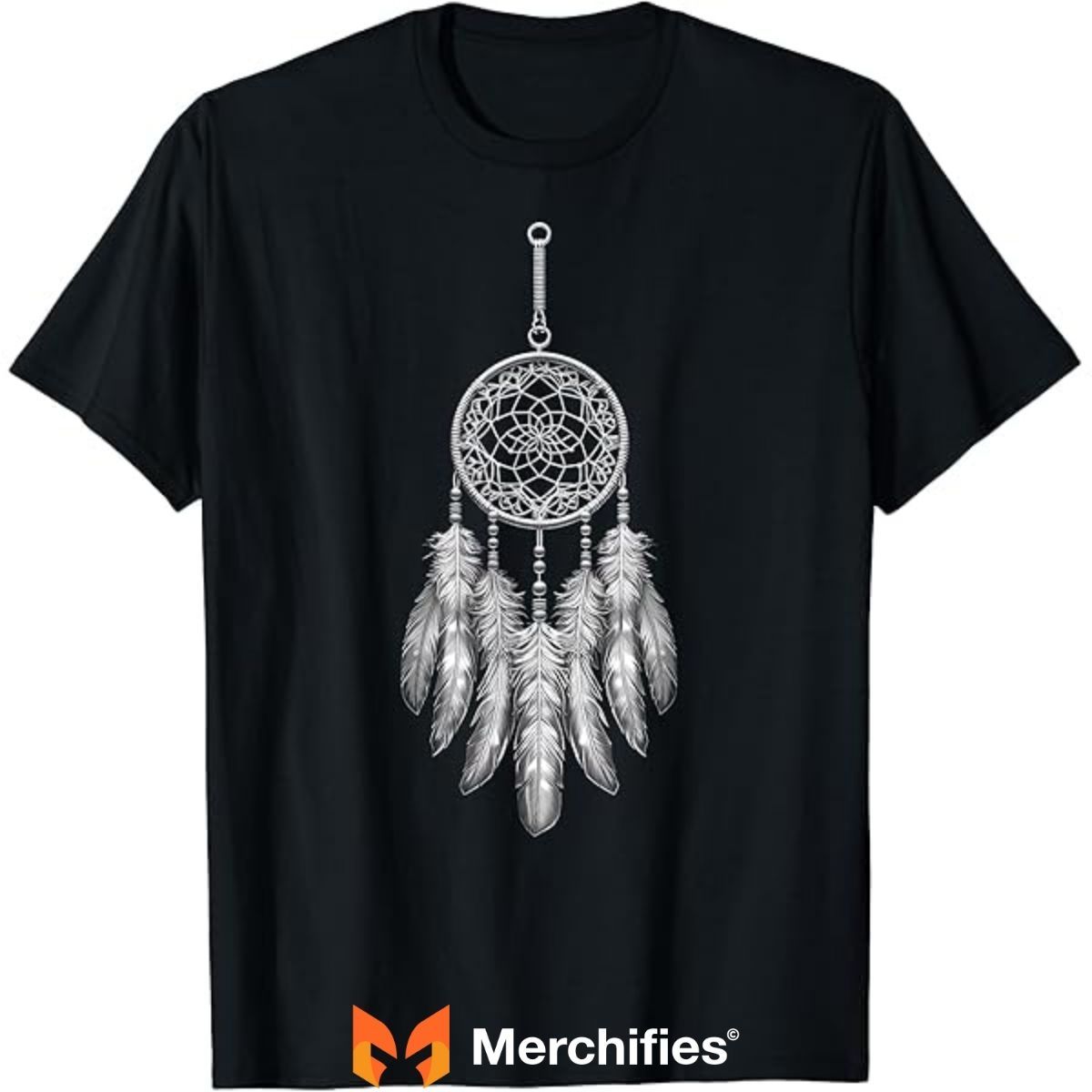
Arrow & Arrowhead
The Arrow and Arrowhead symbolize protection, defense, strength, courage, determination, focus, alertness, a keen eye, and readiness for danger or opportunity. A broken arrow, in contrast, signifies peace.
Circle & Sacred Circle
The Circle is a fundamental symbol of unity, wholeness, and the interconnectedness of all living things. It represents the cyclical nature of life, the seasons, the four elements (air, fire, water, earth), and in some beliefs, the first four tribes of mankind.
Sun
A powerful celestial symbol, the Sun represents warmth, life, abundance, and renewal, vital for all existence.
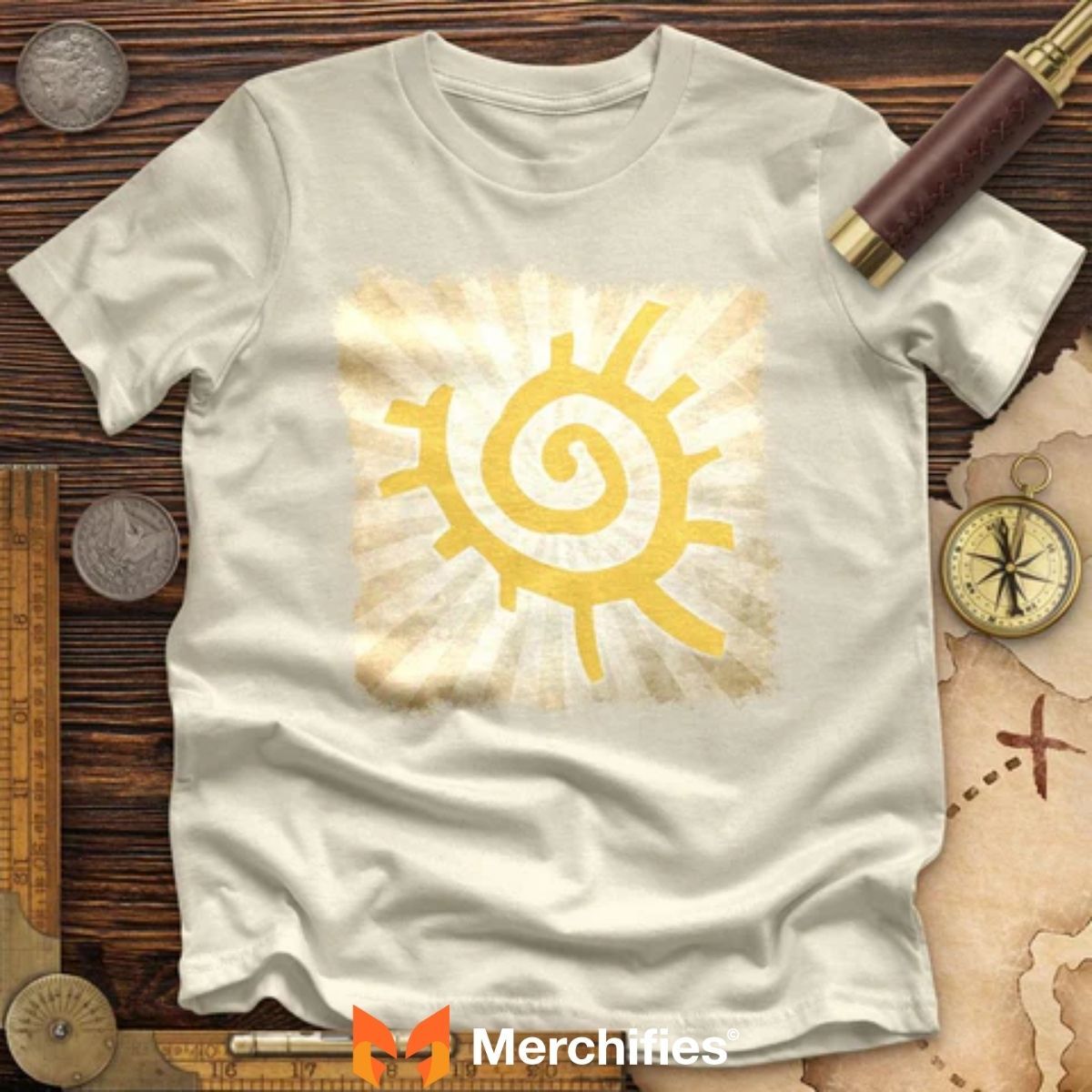
Rain
Rain symbolizes renewal, fertility, and oncoming positive change, essential for life to flourish.
Spirals
Spirals represent life's journey, personal growth, or the natural forces of water or wind, embodying continuous movement and evolution.
Hand Print
A Hand Print symbolizes a human's life, their achievements, legacy, and creative spirit, a personal mark of existence.

Hopi Maze (or Mother Earth Symbol)
This intricate symbol represents the philosophical journey of the child, continuous support of the mother (Earth/Nature), and profound thankfulness for all that is sacred in nature.
Cosmic Cross (or "Cross in the Circle")
Used by the Hopi Tribe, this symbol represents Earth's elements (North, South, East, West) with an outer circle encompassing air, water, and fire, and inner circles for the four nations (the first four tribes of humanity).
Powerful Ceremonial, Mythological, and Community Symbols
Many native american symbols meaning are deeply intertwined with ceremonies, mythology, and community identity, often embodying potent spiritual power.
Thunderbird
A legendary creature, the Thunderbird symbolizes power, strength, transformation, and protection. In some tribes, it's a sign of war and victory if rituals were performed, often considered the most powerful of all symbols, personifying the "chief."
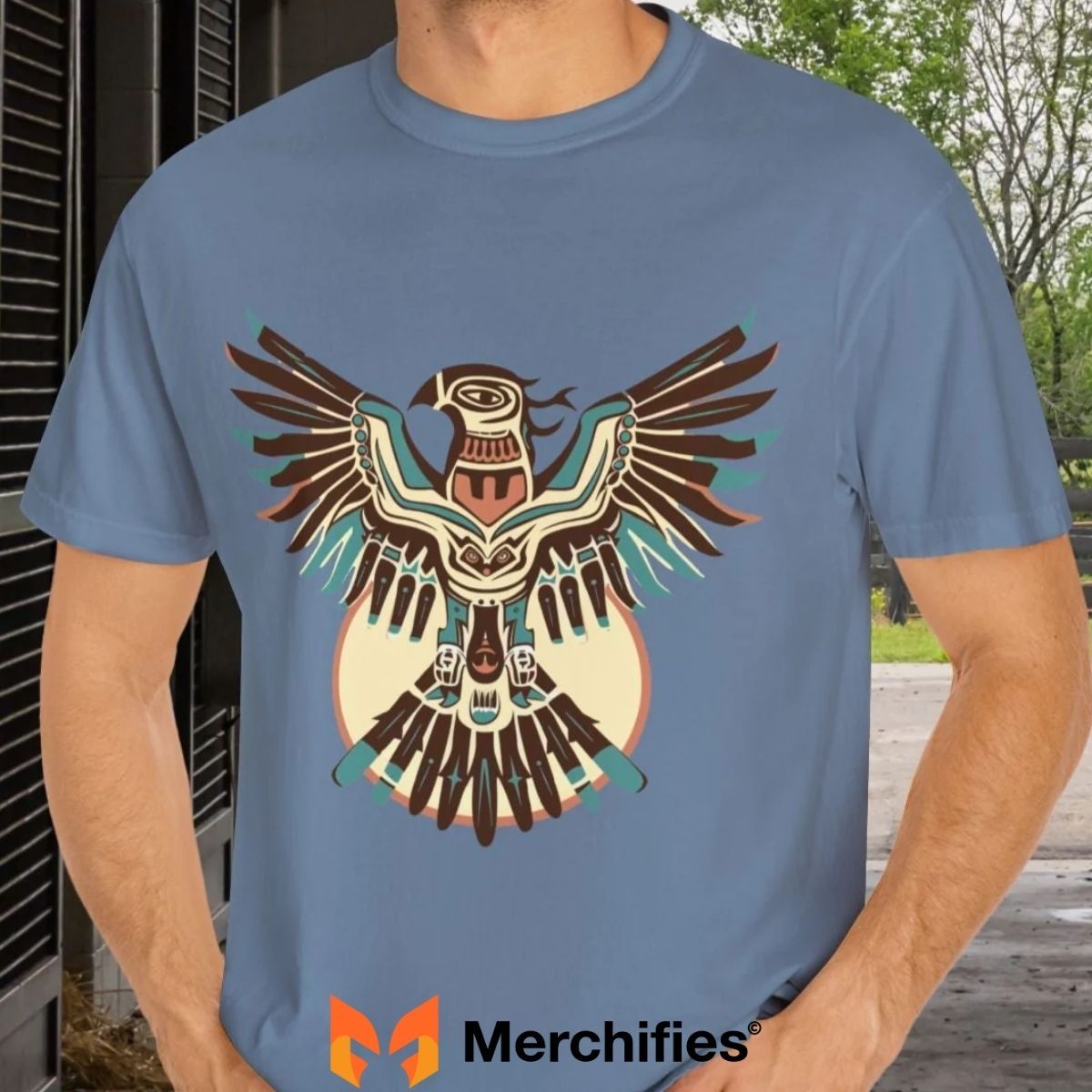
Medicine Wheel
The Medicine Wheel is a profound symbol representing the interconnection of all aspects of life, harmony, balance, and the cyclical nature of existence. It's a sacred space for healing and understanding.
Dreamcatcher (Ojibwe Origin)
Originating from the Ojibwe people, the Dreamcatcher is a sacred symbol believed to filter out negative dreams, catching bad spirits and letting good dreams pass through.
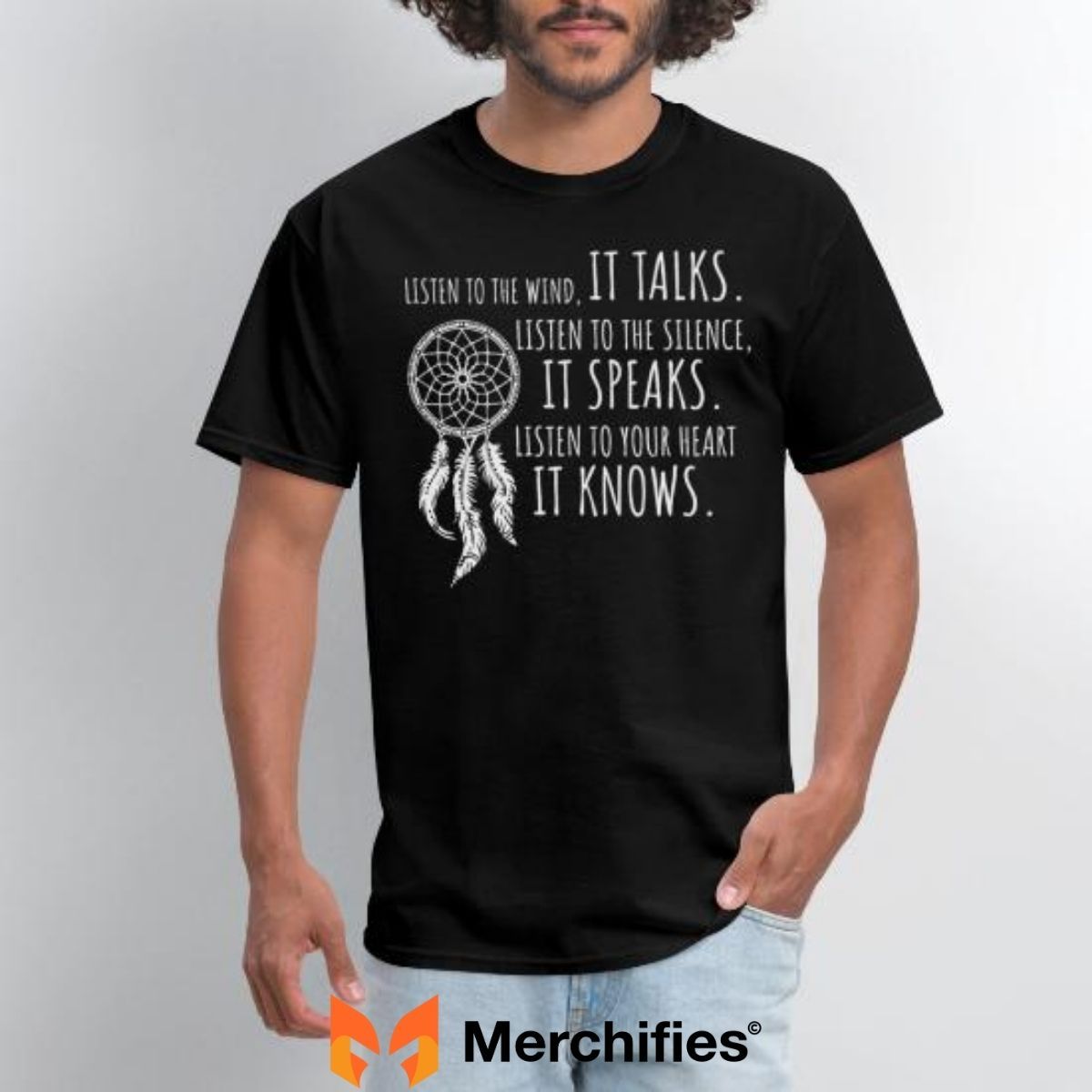
Pipe
The Pipe is used in peace and war negotiations, to offer sacred tobacco smoke, and in religious ceremonies, acting as a conduit for prayer and communication.
Kokopelli
A fertility deity in some Southwest Native American cultures, Kokopelli symbolizes fertility, joy, and change, famously depicted as a hunchbacked flute player bringing good fortune.
Kachina Doll
These dolls are spirit beings in Pueblo beliefs, representing life and renewal, acting as messengers and teachers in ceremonial practices.
Brothers Symbol
Often depicted as two men side-by-side within a circle, the Brothers Symbol can represent unity and equality, though its precise native american symbols meaning varies by tribe and tradition.
Understanding Tribal Shirt Symbols: Beyond Aesthetic Appeal
The term "tribal shirt symbols" often refers to modern apparel that incorporates designs inspired by traditional Native American and Indigenous art. Historically, symbols on clothing and adornments conveyed status, tribal affiliation, specific beliefs, and protective powers, with each design carrying deep indigenous art meanings for the wearer and their community. Today, contemporary Indigenous artists bridge the gap between tradition and modernity, integrating traditional meanings into modern clothing and art, offering authentic expressions of their heritage. When encountering tribal shirt symbols or other items, Evelyn Sage emphasizes the importance for wearers to understand the meaning and origin of any symbol they display, fostering genuine appreciation over appropriation. This approach respects the cultural significance embedded in these designs.
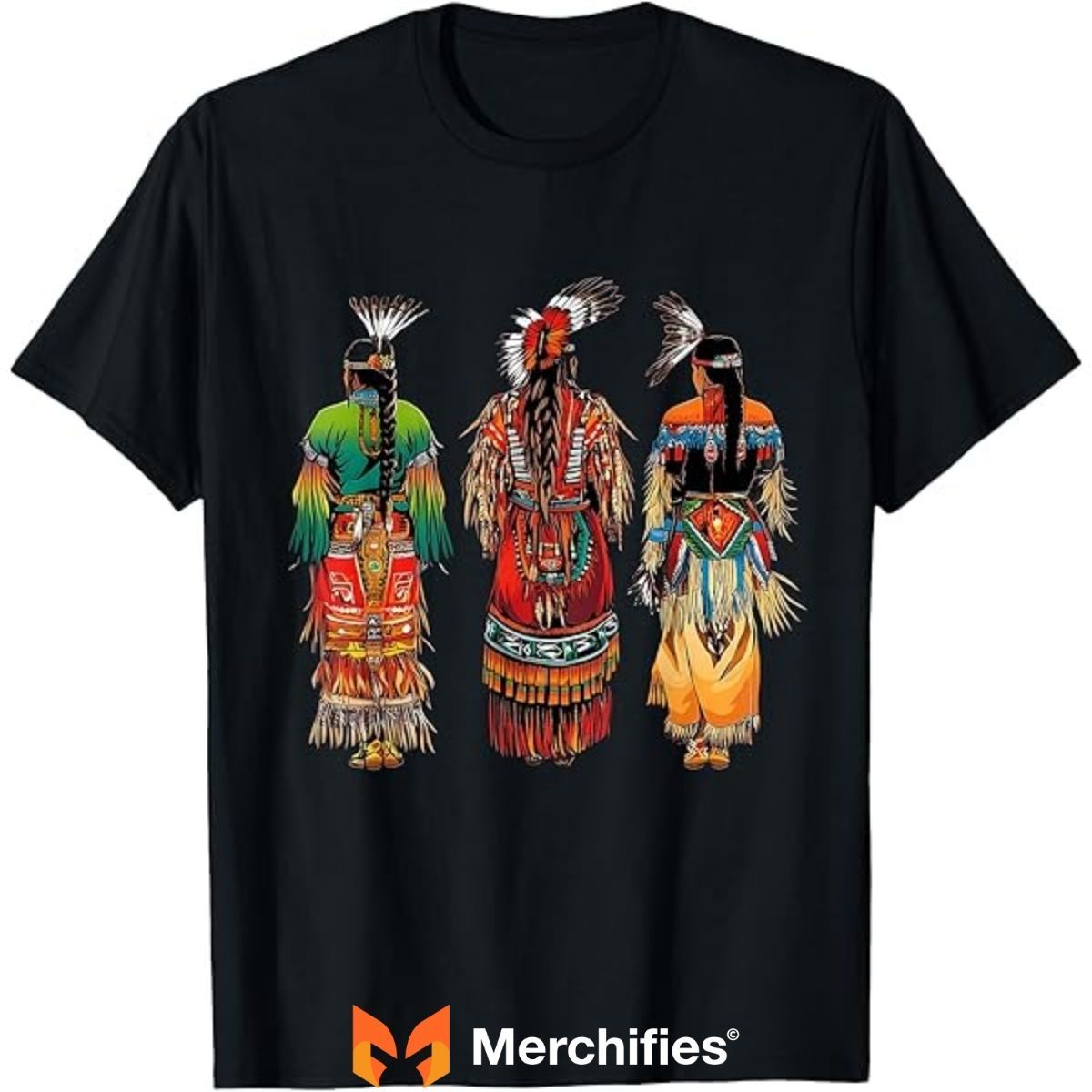
Honoring Authenticity: Cultural Sensitivity and Appreciation
The journey to understand native american symbols meaning is one of respect and continuous learning. The importance of research cannot be overstated: before using, displaying, or purchasing items with symbols, stress the importance of understanding their specific tribal origins and meanings. This is critical for avoiding cultural appropriation, which occurs when elements of a culture are used without understanding, permission, or respect, often commodifying sacred traditions. Respectful engagement means supporting Indigenous artists and communities directly, honoring their intellectual property and cultural heritage. Learning about these symbols is not just an academic exercise; it's a vital way to honor and preserve rich, living cultural traditions that continue to thrive and evolve.
Conclusion
We've journeyed through the profound depth, diversity, and spiritual significance of Native American and Indigenous symbols. These symbols are not relics of the past but living expressions of vibrant cultures, offering timeless lessons about nature, community, resilience, and the human spirit. They are powerful reminders of humanity's enduring connection to the earth and the sacred. As Evelyn Sage reminds us, by understanding and respecting native american symbols meaning, indigenous art meanings, and the context of tribal shirt symbols, we contribute to a more informed and appreciative world, ensuring these powerful cultural markers are understood and honored for generations to come.